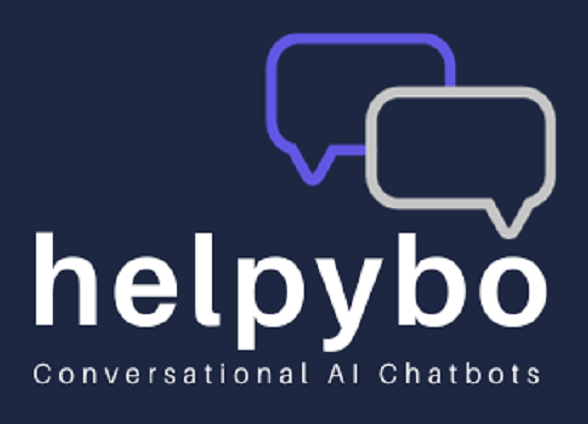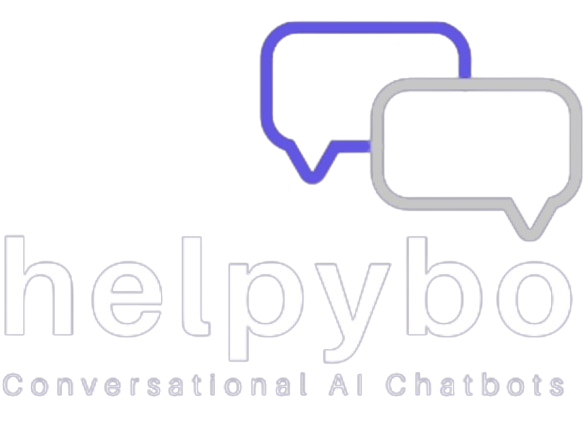An In-Depth Guide on Using AI Chatbots to Enhance Customer Support

AI chatbots are becoming more and more important as customer service develops in offering effective, 24/7 assistance. Knowing the deployment and advantages of artificial intelligence chatbots may be transforming for customer service managers trying to improve their processes. AI chatbots guarantee a flawless customer experience by not only optimising processes but also response speeds and accuracy, therefore streamlining tasks. Using innovative artificial intelligence technology will enable companies to provide tailored interactions and compile insightful analysis from consumer data. This article explores how AI chatbots could enhance customer support service and provides doable advice for a seamless integration.
Understanding AI Chatbots
AI chatbots are tools designed to replicate human communication. Their design calls for constant assistance, interaction with clients, and answering of questions. Using websites, social media, and messaging applications among other venues, these chatbots offer a flexible tool for customer support.
Benefits of AI Chatbots in Customer Support
24/7 Availability
Round-the-clock support offered by AI chatbots guarantees that consumers may obtain help anywhere, across time zones. Using an AI-powered chatbot for 24/7 service provides quick response to consumer questions, therefore improving general customer happiness and loyalty.Instant Responses
Chatbots are able to provide quick responses to consumer enquiries, which helps to reduce wait times and improve overall customer happiness.Cost Efficiency
Chatbots help individuals to focus on more difficult problems by automating common operations, therefore relieving their burden and finally cutting operating expenses.Consistency and Accuracy
Responding consistently is the best AI chatbot feature reduce human mistake and guarantee that consumers always get correct information.Scalability
For companies dealing with heavy client contacts, chatbots are perfect as they can manage several questions at once.Implementing AI Chatbots in Your Customer Support Strategy
Step 1: Identify Customer Needs
Start by looking at your customer service records to see typical questions and problems. This will clarify where a chatbot could be most useful.Step 2: Choose the Right Chatbot Platform
Choose a chatbot provider fit for your company’s requirements. Think about elements including scalability, customising choices, and simplicity of integration. If your business has specific needs, consider contacting a custom AI chatbot builder to create a tailored solution that perfectly aligns with your unique operational demands.Step 3: Design Conversational Flows
Plot possible exchanges between the chatbot and consumers in thorough conversational flows. Make sure the chatbot can manage several situations, including often requested queries, troubleshooting, and, where needed, escalation to human agents.Step 4: Integrate with Existing Systems
Make sure your chatbot smoothly interacts with your current knowledge bases, ticketing systems, and CRM programme. This connection will let the chatbot offer individualised help and access pertinent consumer data.Step 5: Train Your Chatbot
Use natural language processing (NLP) to teach your chatbot to properly answer to consumer questions. Change the knowledge base of the chatbot constantly to follow fresh trends and data.Step 6: Test and Refine
Test the chatbot completely to find and correct any problems before going live. Use comments from first conversations to hone the chatbot’s performance.Step 7: Monitor and Optimise
Track the chatbot’s performance measures and interactions often. Make continuous changes using this information to guarantee the chatbot keeps satisfying consumer demands and improves the whole support experience.Best Strategies for AI Chatbot Application in Customer Support
- Respond personally using consumer data, hence increasing the relevance and interesting nature of interactions.
- Maintaining a balance between automation and human involvement, make sure the chatbot can easily forward difficult problems to human agents.
- Maintaining the knowledge base of the chatbot updated with the most recent changes will help it to respond accurately.
- Frequent client comments help you to pinpoint areas needing work and guarantee the chatbot satisfies their expectations.
- Track important performance metrics (KPIs) such response times, resolution rates, and customer satisfaction to evaluate the chatbot’s efficacy and guide data-driven decisions.

